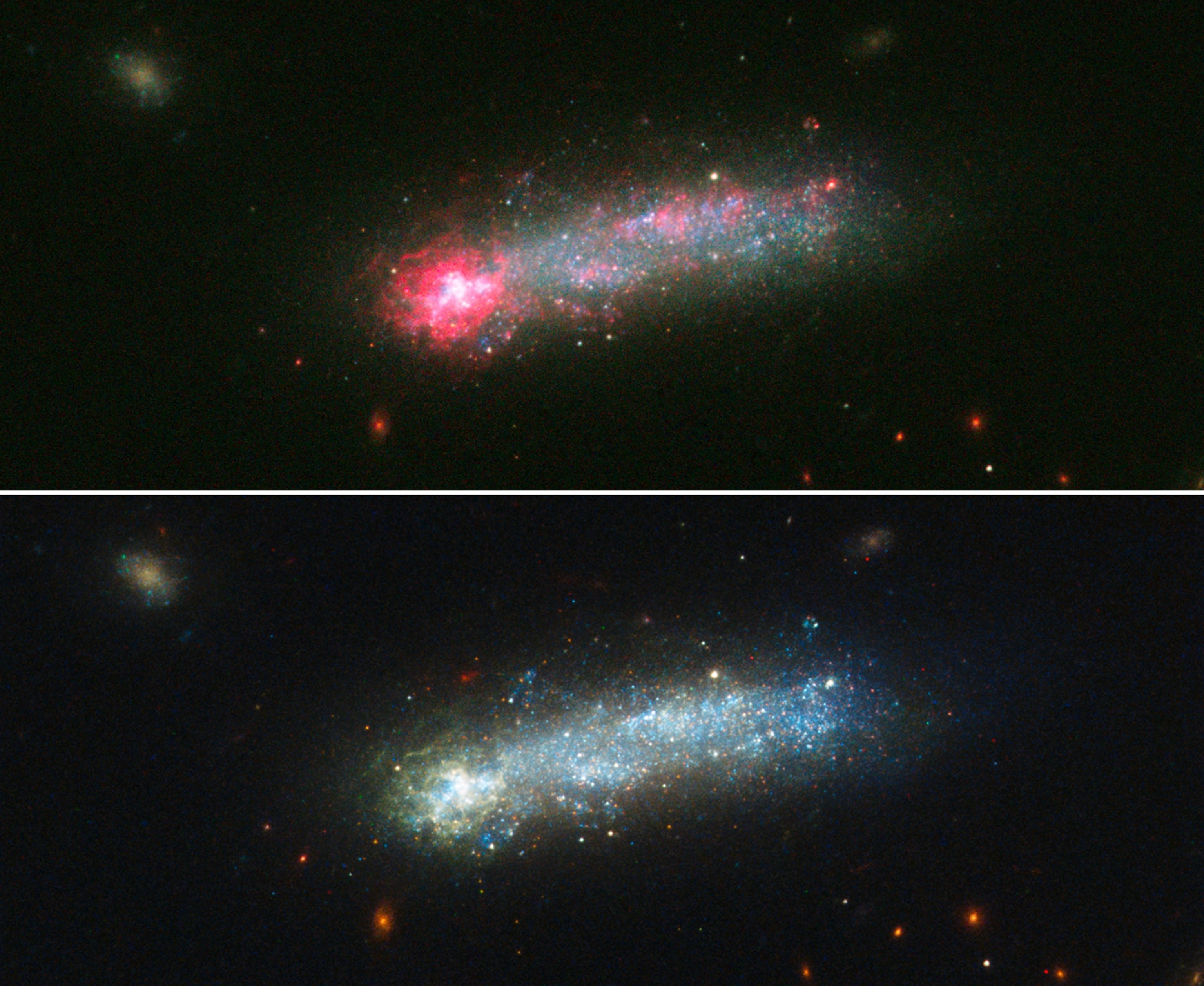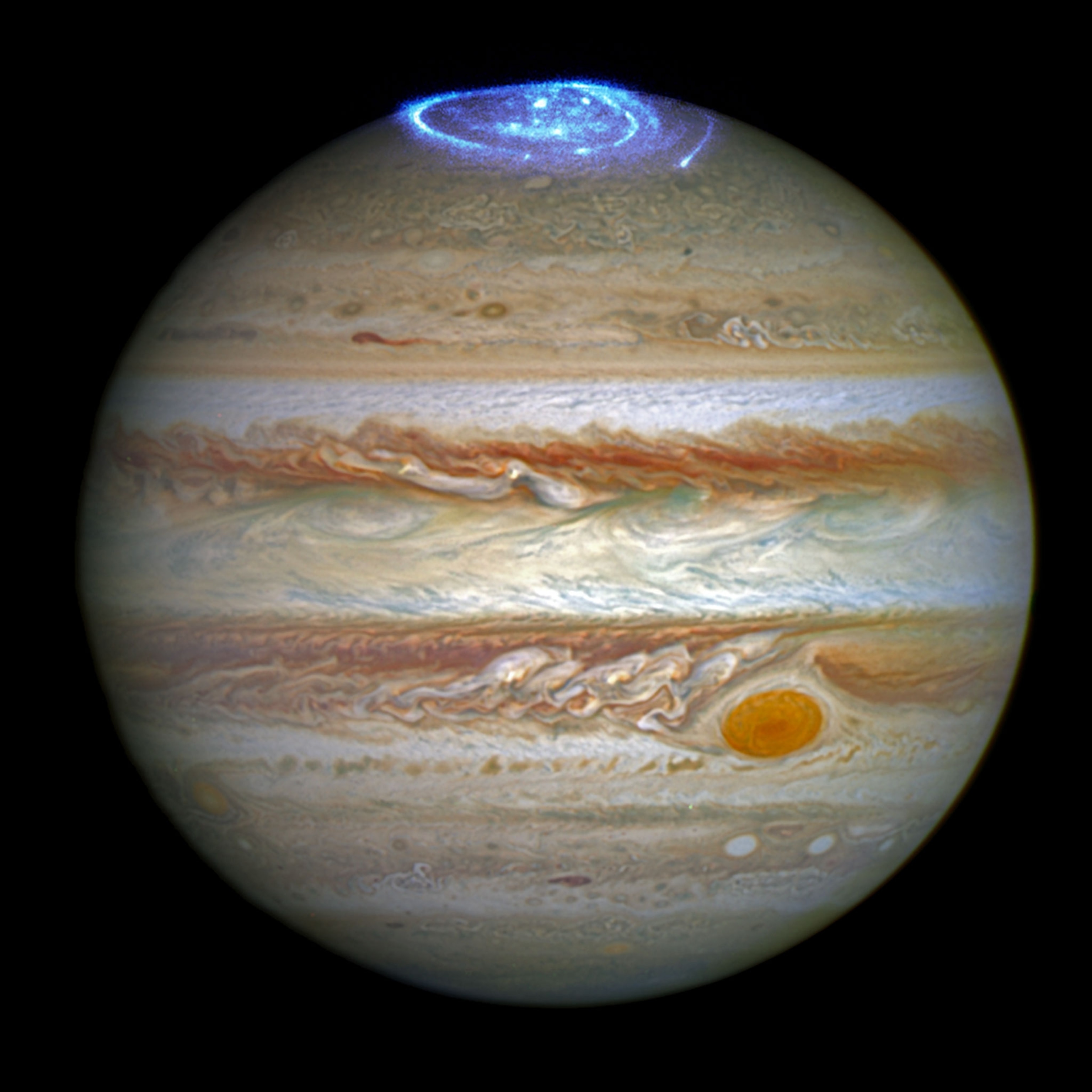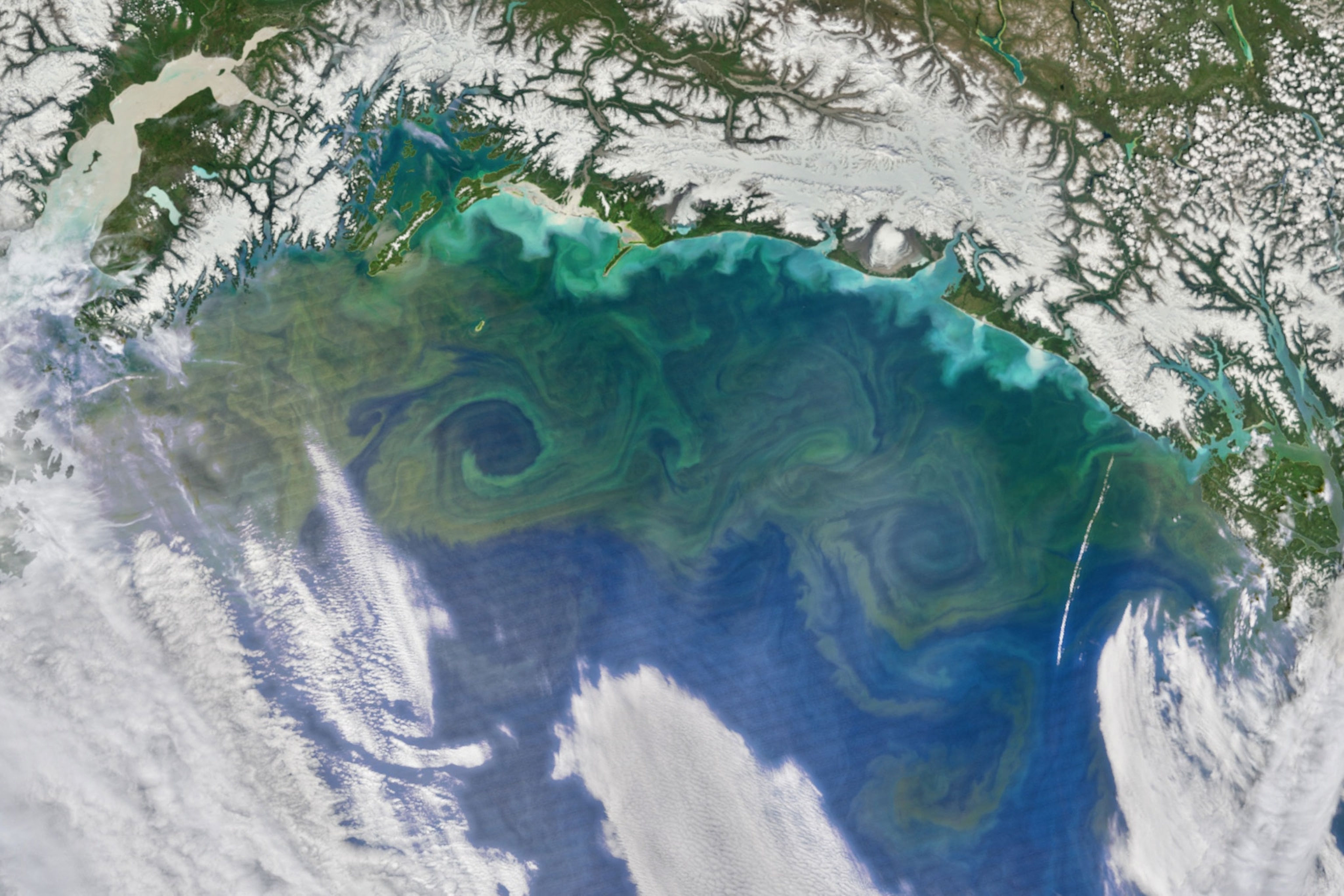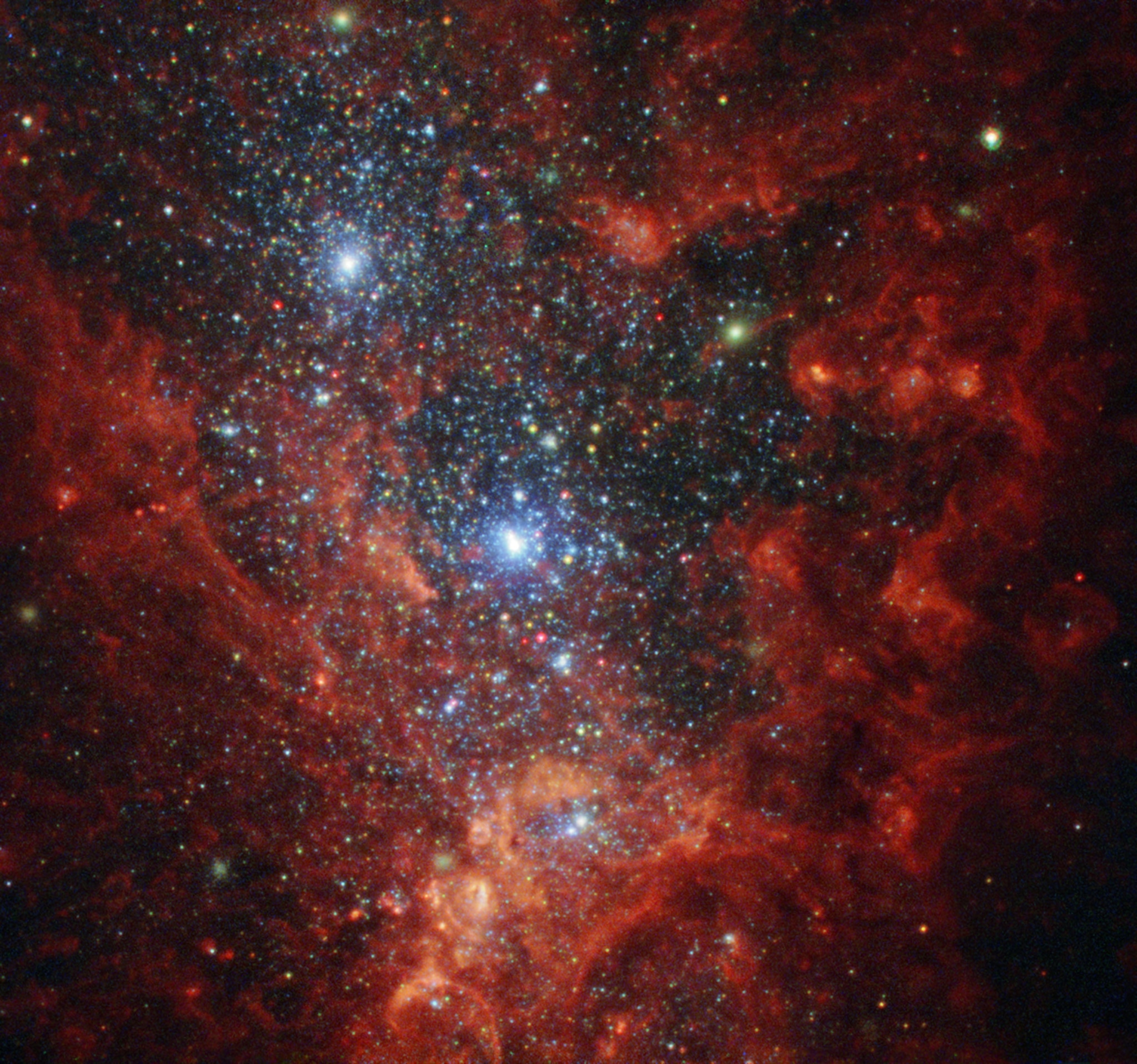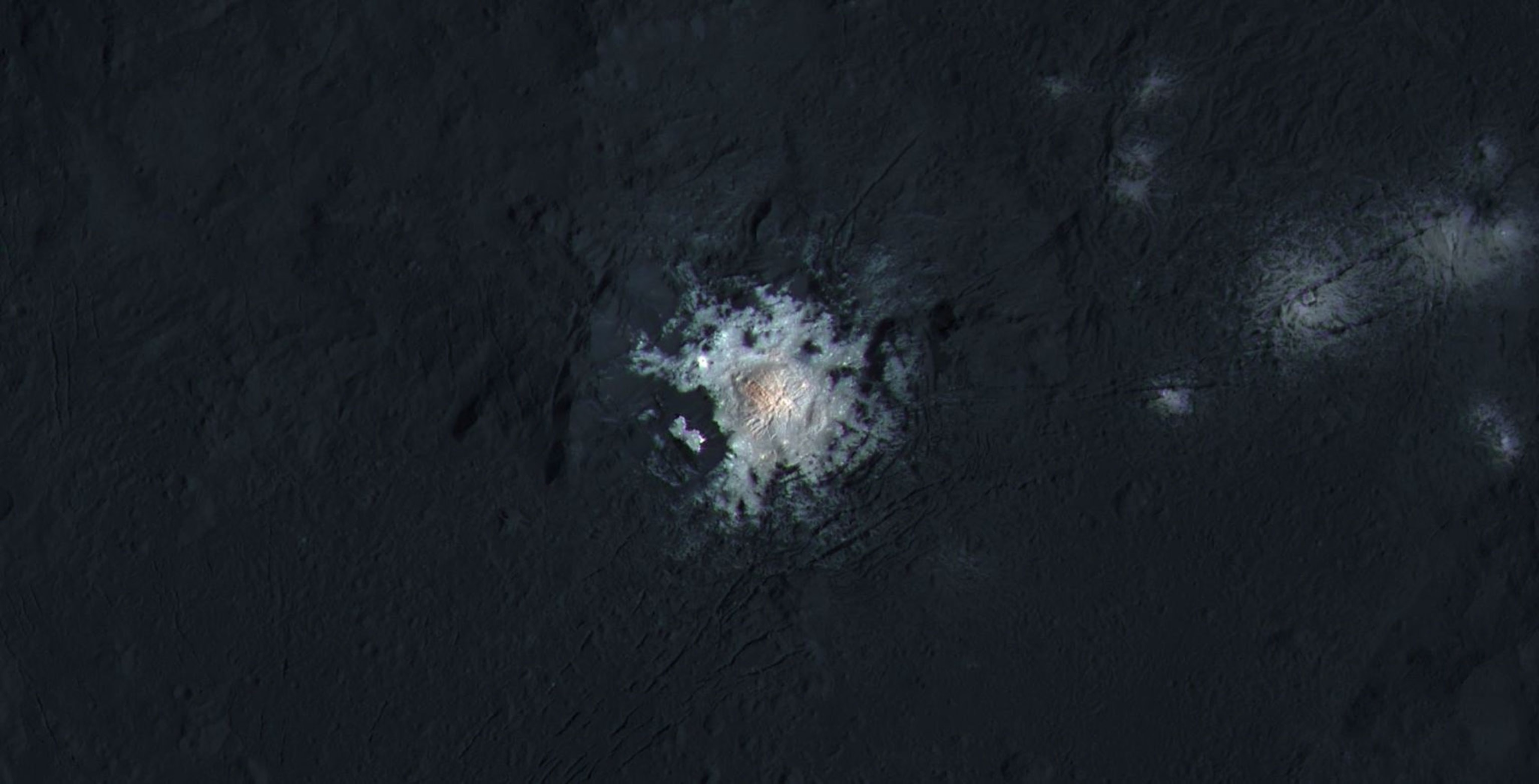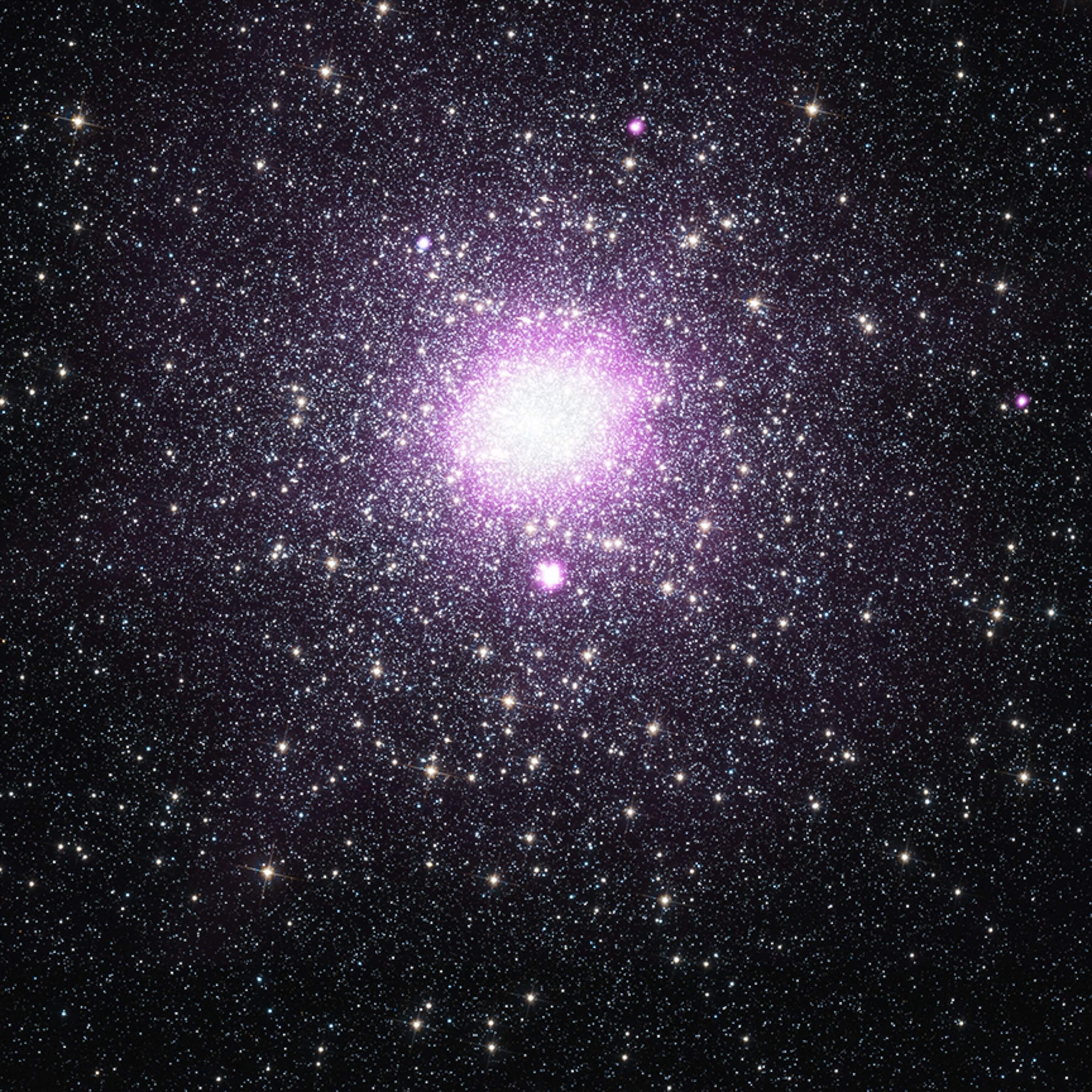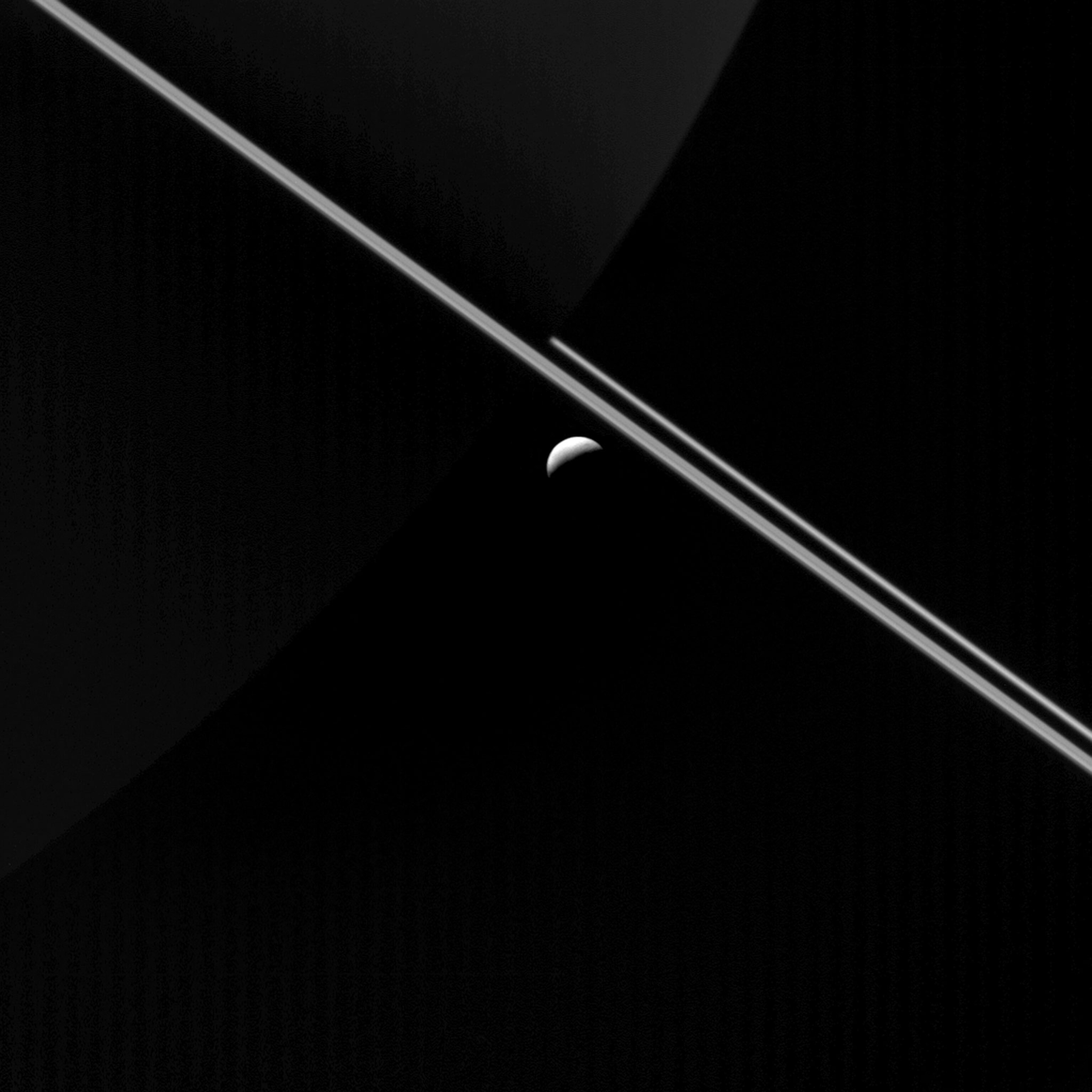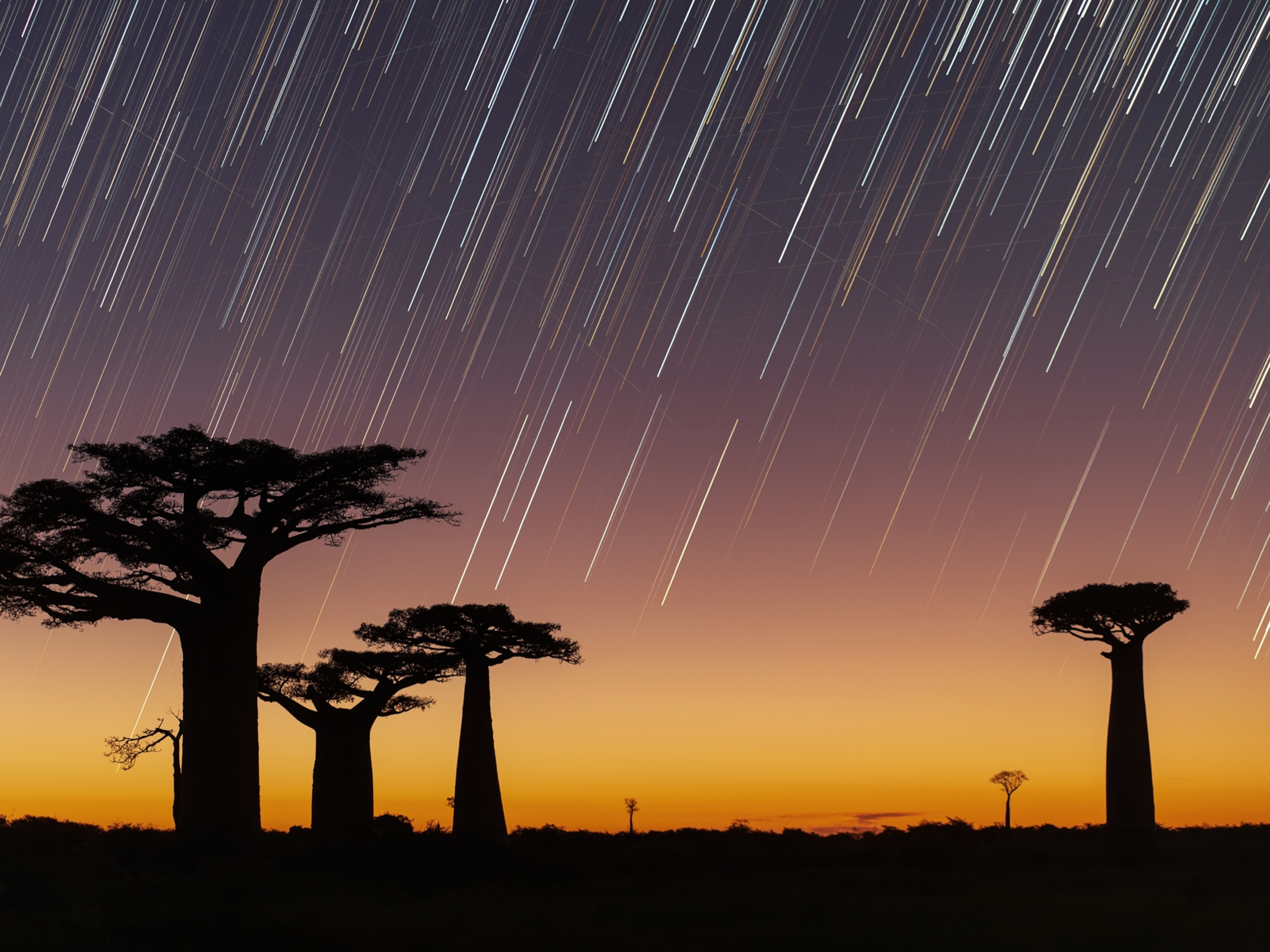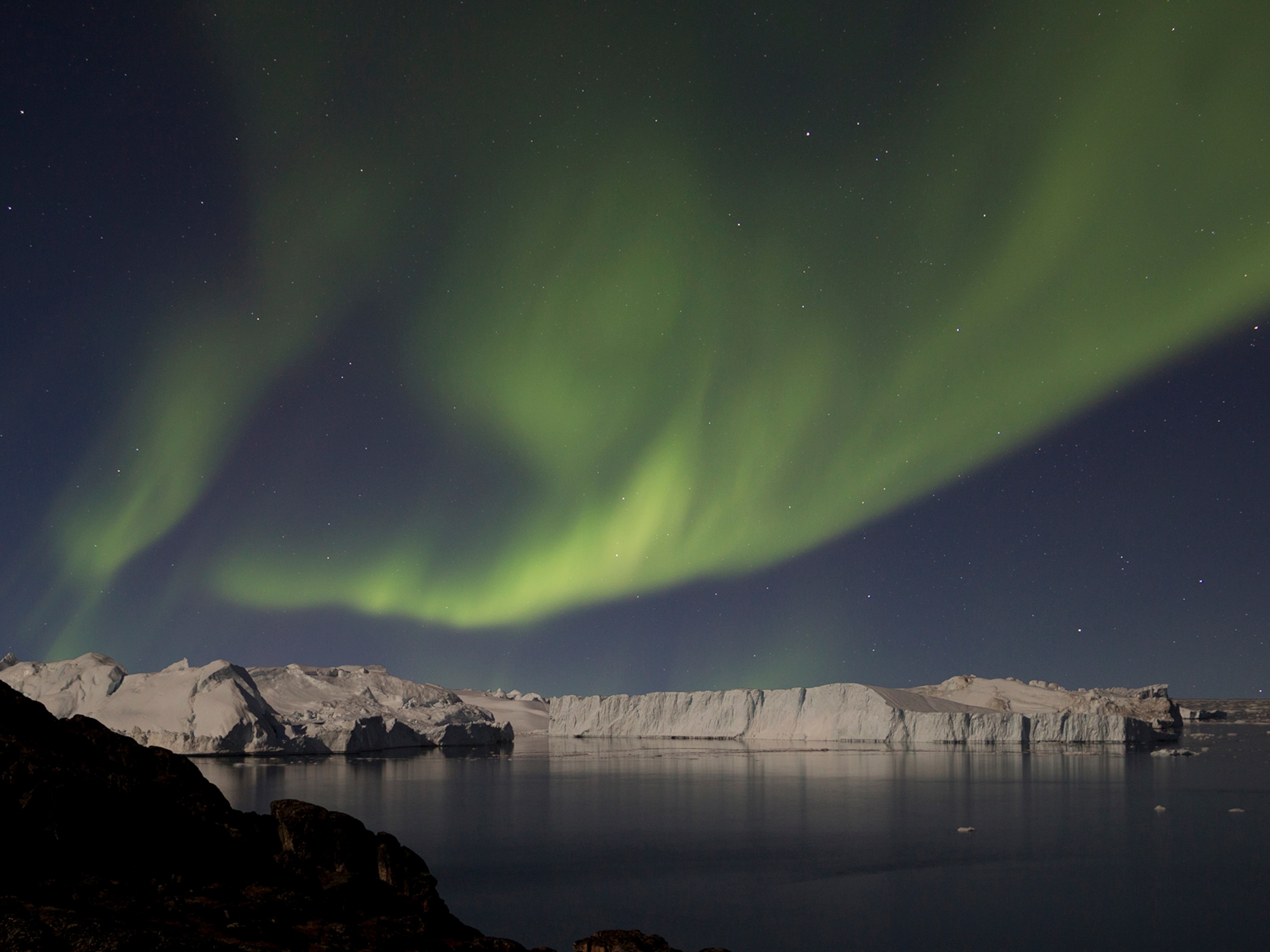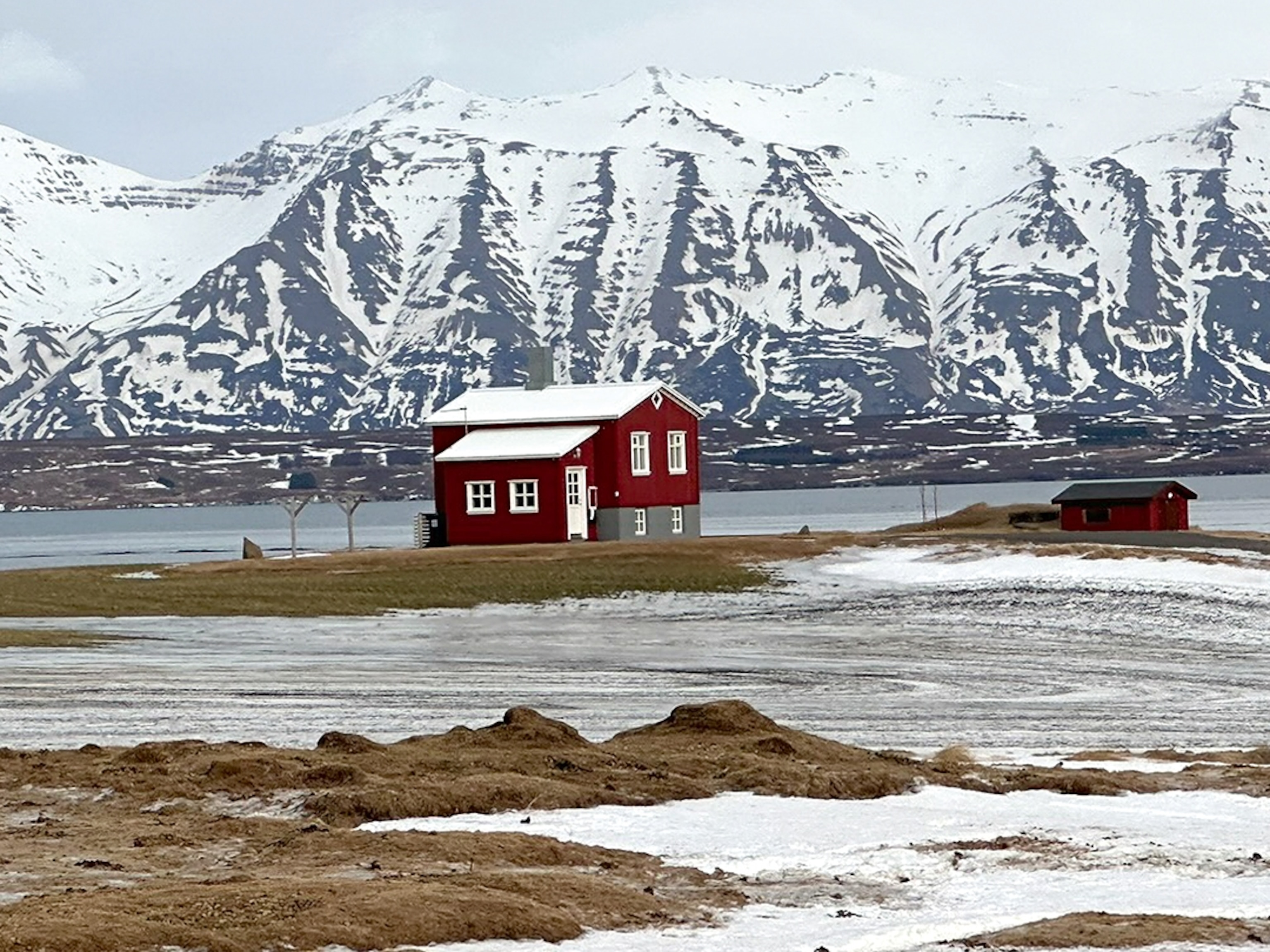Photographs by NASA, ESA, and D. Elmegreen (Vassar College)
See a Firework-Shaped Galaxy and Jupiter's Incredible Aurora
Also this week, explore the iridescent insides of a nearby galaxy, and watch melting glaciers feed swirling blooms of plankton.
ByMichael Greshko
June 30, 2016
Feed your need for heavenly views of the universe with our pick of the most awe-inspiring space pictures.
This week, mysterious bright spots on Ceres are finally unmasked, NASA's eye around Saturn celebrates a major anniversary, and Hubble spots the spectacular auroras hovering over Jupiter's north pole.
Follow Michael Greshko on Twitter.
